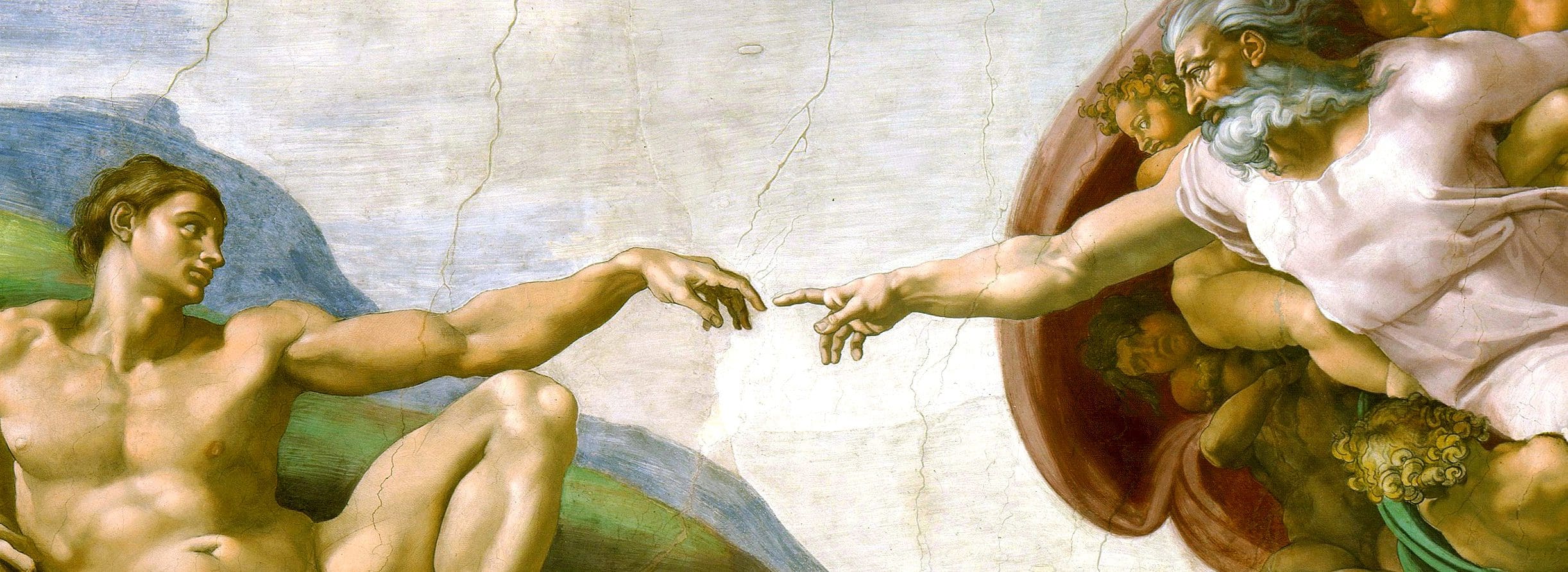At the culmination of creation, after God had made the heavens and earth and all therein, He specially fashions beings in His own image, according to His likeness: “then the LORD God formed man of the dust of the ground, and breathed into his nostrils the breath of life; and man became a living being” (Gen. 2:7). This was Adam, the first man and progenitor of the entire human race. Fittingly, Adam means “man,” “mankind,” or “humankind” and is a wordplay on the Hebrew term for ground. This wordplay demonstrates the intimate relationship between humankind and the dust of the earth from which the first man was fashioned.[1]
Interestingly, though Adam has just been created, to an outside observer he would appear adult-like. Obviously, to fulfill his God-given purpose, a certain level of physical and mental maturity was necessary. For example, he was instructed to be fruitful and multiply and to take care of the garden in Eden. Of course, this also means that Adam was able to comprehend God’s instructions and to communicate. Thus, Adam understood God’s command that he may eat freely of every tree in Eden except for the tree of the knowledge of good and evil, “for in the day that you eat of it,” God says, “you shall surely die” (Gen. 2:16-17).

Then, in a display of His creation, God brings the animals before Adam to see what he would call them—another testament to the man’s intelligence.[2] Through this process, Adam realizes that none of them are comparable to him. He alone bears the image of God. As he is thinking on these things he falls into a deep sleep. While sleeping God takes out of Adam’s side and forms the first woman. When Adam wakes and sees her, he says, “This is now bone of my bones and flesh of my flesh; she shall be called Woman, because she was taken out of Man” (Gen. 2:23). And they were both naked, yet they were not ashamed for they did not yet know what nakedness was.
Though God had provided them the perfect life, a tempter was in their midst. The father of lies comes as a crafty serpent and convinces the newly married couple to partake of the forbidden fruit. At that moment, their eyes are opened. Now subject to full exposure, they hastily cover themselves with homemade garments of fig leaves and attempt to hide from their Loving Father. But nothing is hidden from God. Sin has now entered into the creation and God shows them the price for it. Death. Before their very eyes He slaughters an animal. The blood is for the covering of their sins and the tunics of flesh is for the covering of their skins. On top of this they are now cut off from the Life Giver. God drives them out of the Garden away from the tree of life and Adam is now forced to plant his own garden in the now cursed ground.
Both spiritual and physical death began that day. Indeed, after 930 years on earth and after fathering Cain, Abel, Seth, and other sons and daughters Adam returned to the dust from which he came. Though Adam was literally the son of God, because of his fall into sin, a Second Adam (a second Son of God) would now be required to restore our lost relationship with our Creator.

Ryan Hembree is a daily co-host, speaker, and writer of Bible Discovery. He also hosts a YouTube channel that shows the unity of the Bible and how science and Scripture fit together. Ryan also has an honorary Masters of Ministry in Creation Science from Phoenix University of Theology.
[1] Bott, N. (2016). Adam. In J. D. Barry, D. Bomar, D. R. Brown, R. Klippenstein, D. Mangum, C. Sinclair Wolcott, … W. Widder (Eds.), The Lexham Bible Dictionary. Bellingham, WA: Lexham Press.
[2] Indeed, Carl Linnaeus the creationist founder of modern classification wanted to name and classify these created kinds, taking inspiration from the Biblical Adam who he believed possessed a scientific knowledge of nature and a perfect taxonomy (See Jonathan Sarfati, The Genesis Account, P.326).






